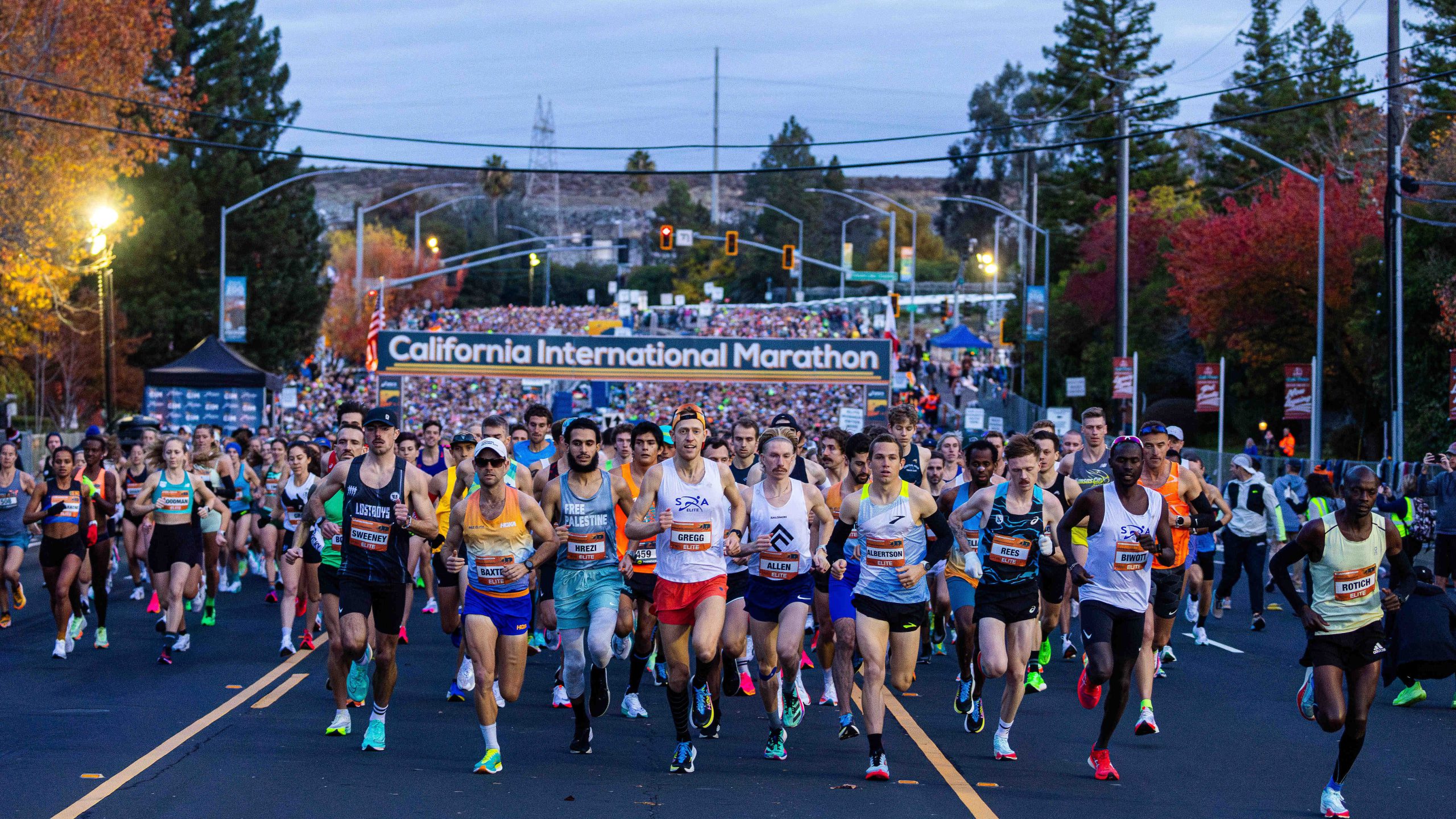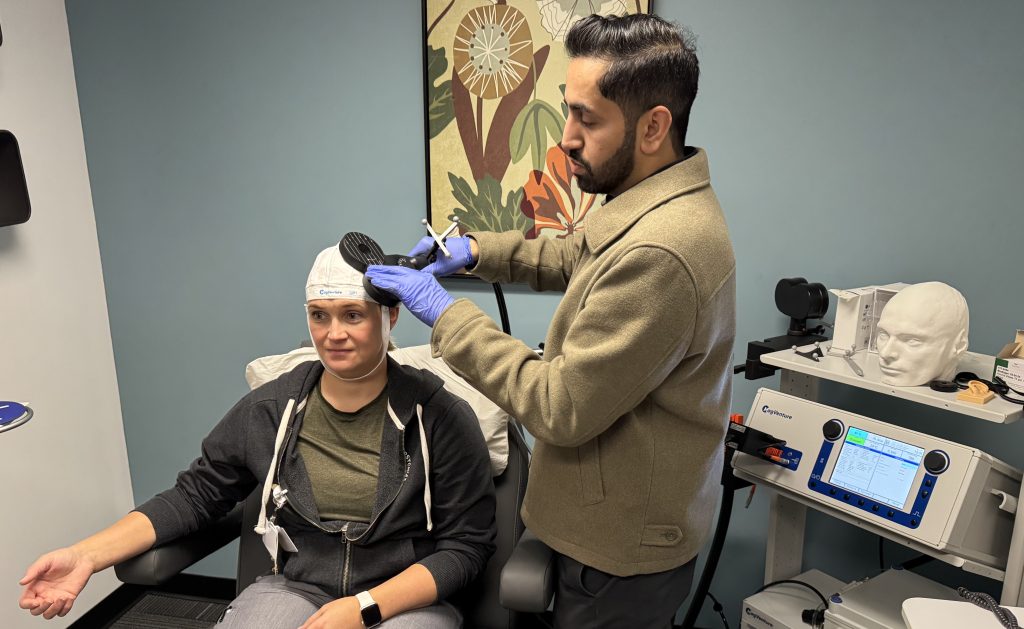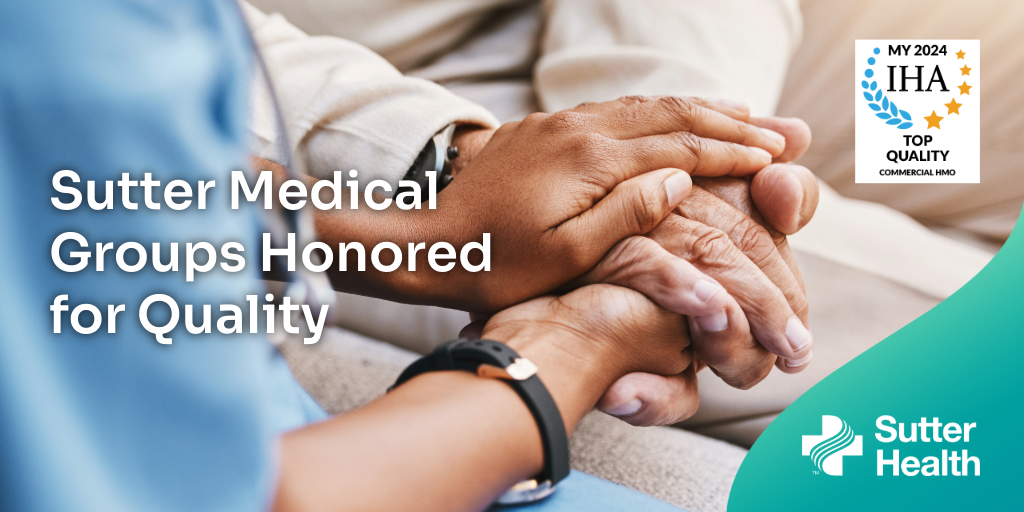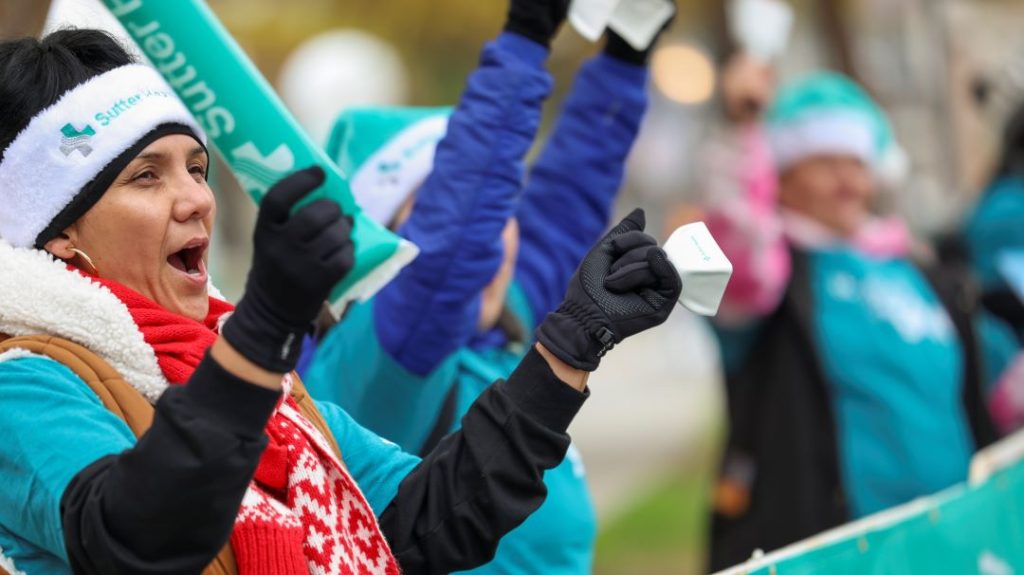With the California International Marathon being held in Sacramento on Dec. 8, Vitals will publish a series of three stories that offer tips on running long distances and competing in marathons with expert information from orthopedic specialists affiliated with Sutter Health. This is the first in the series.
Training for and running in a marathon, such as the upcoming California International Marathon, is both rewarding and physically demanding, often bringing aches and pains with it. Orthopedic specialists Drs. Chill Yee and Ryan Bennett from Sutter Roseville Medical Center, who will manage the musculoskeletal recovery tent at the CIM finish line, discuss common causes of these issues, preventive measures and relief strategies.
And some of the most important tips to remember, they say, are what you do both before and after you run.
Understanding the Causes
Marathon training, with its repetitive and high-impact nature, can bring muscle soreness, joint pain and tendinitis of the iliotibial band, or IT band. Common post-run issues for marathoners include sore muscles in the calves, thighs, hip abductors and adductors, hamstrings and glutes.
The main cause of these issues is inadequate warm-up, cool-down and stretching, the doctors say.
“The most important thing we can do when training is have an adequate warm-up and stretching period, and an adequate cool-down,” said Dr. Bennett, an orthopedic surgeon and sports medicine specialist. “One of the big things we see in runners is delayed onset muscle soreness (also called DOMS), which results from not warming up and stretching properly.”
Dr. Bennett advises that normal muscle aches and pains should subside in a day or two. However, persistent pain may indicate a more serious problem, such as a joint problem, and should be addressed with rest and light movement until it improves.
Stay Hydrated
With the body being approximately 60% water, hydration during races is crucial for runners, they said. Pre-hydration, or ensuring proper hydration before a race, is equally important.

Staying hydrated during races is crucial for runners, the experts say, but proper hydration before a race is equally important.
“In one marathon I participated in, I didn’t hydrate enough the night before,” said Dr. Yee, clinician team lead for Sutter Roseville’s orthopedics and podiatry department. “I experienced the worst cramps of my life the following morning when exercising and just had to stop.”
Dr. Bennett said hydration is one of the few things an athlete can control. “When looking at medical problems dealt with after races that need medical intervention, it’s all dehydration because that leads to heat stroke, which leads to everything else,” he said.
Just as massage therapists recommend drinking water after a session, athletes need to stay hydrated to help prevent lactic acid buildup in the muscles. While some buildup is normal and causes temporary muscle fatigue and soreness, excessive levels can lead to a serious condition called lactic acidosis.
Pay Attention to Your Feet
Dr. Bennett, whose subspecialties are knee and hip surgery, emphasizes the importance of correct foot positioning to prevent and treat conditions. This includes regularly changing running shoes every 200 miles and using orthotics or custom insoles for issues like flat soles and plantar fasciitis. Poor foot positioning is a key factor in IT band tendinitis, the No. 1 issue he sees.
“A lot of my athletes complain of knee pain without any structural problems,” Dr. Bennett explains. “Leg alignment is controlled by foot position, so having properly fitting shoes and insoles is crucial. Many running shoes are marketed as ‘the best,’ but only one will fit your foot correctly. Proper insoles that position the foot correctly can make a big difference.”
Keep Your Warm-Up and Cool-Down Consistent
Adequate rest is another essential for runners to perform at their best. Dr. Bennett, a former competitive swimmer, and Dr. Yee, who participated in sports like football, track, basketball and long-distance running, both stress the importance of proper warm-up and cool-down routines — a lesson instilled by their coaches growing up.
“There are strict protocols for runners when stretching, but consistency and making it a habit are key,” said Dr. Yee. “Warm-up and cool-down routines are second nature to lifelong athletes. For those new to exercise or without coaching, being mindful and incorporating these routines is crucial to avoid common injuries and overuse problems.”
The doctors recommend utilizing foam rollers, ice baths (if tolerable), massages, chiropractic adjustments, and yoga or Pilates practices.
Alternate with Lower-Impact Exercise
As we age, our bodies and joints change. Our responsibilities between work and family can also limit time for exercise. Dr. Yee advises his patients to incorporate lower-impact exercises like ellipticals, biking, light weights and water aerobics — which he has experienced the benefits from first-hand.
“I’m a younger guy, but I discovered water aerobics for the first time in Montana when we wanted to swim with my daughter,” said Dr. Yee. “There was only one pool, and we ended up joining an elderly group doing water aerobics. I was shocked by what a great workout it was and how good my joints felt afterwards.”
Dr. Bennett also added he encourages runners to consider cross-training, even if low-impact activities seem boring.
“I tell my long-time runners that they know they can run. It’s time to see what else they can do,” he says. “After decades of pounding joints on the pavement, it’s beneficial to add biking and swimming to their routine. It doesn’t have to be daily, and they can still run marathons, but lower-impact activities give the body a break and help you stay active longer.”
Sutter Health is proud to be serving as the CIM’s Presenting Sponsor and Official Medical Team and Health Partner, a seven-year sponsorship that begins with the Dec. 8, 2024, race. Click here for more info on the sponsorship and the CIM.
NOTE: This content is not intended to be a substitute for professional medical advice, diagnosis or treatment. Always seek the advice of your physician or other qualified health provider with any questions you may have regarding a medical condition. Never disregard professional medical advice or delay in seeking it because of something you have read on this website.





